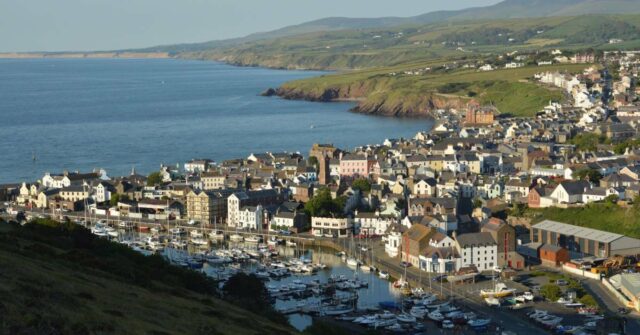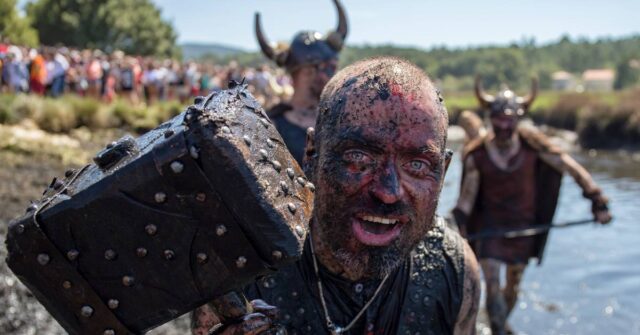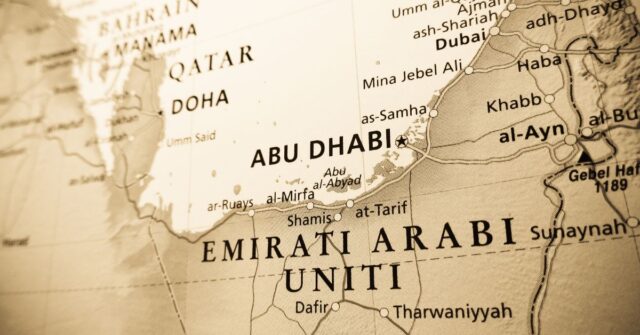Immerse yourself in a historical experience like no other. The St. Olav Festival is an annual gathering in Trondheim, Norway, where the life and times of King Olav Haraldsson, also known as St. Olav, are dramatically reenacted.
This guide provides you with a comprehensive look at the festival’s history, significance, and cultural extravaganza that it offers today.
The Origin and History of the St. Olav Festival
Understanding the St. Olav Festival requires delving into the medieval period of Norway. This journey through time helps you appreciate the festival’s rich history and understand why it holds such a significant place in the hearts of the people.
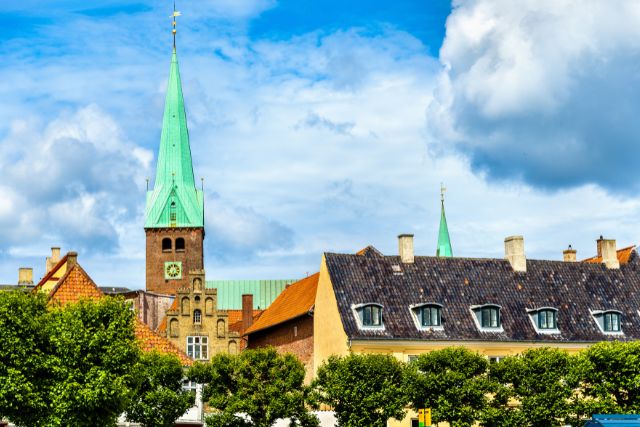

The Life of St. Olav
St. Olav, also known as Olav Haraldsson, was a Norwegian king who ruled in the early 11th century. He played a pivotal role in the Christianization of Norway and became a martyr following his death in the Battle of Stiklestad in 1030.
His sanctification led to the birth of an enduring religious and cultural tradition – the St. Olav Festival.
The Evolution of the Festival
The St. Olav Festival began as a religious pilgrimage commemorating St. Olav’s death but has since evolved into a week-long historical reenactment event.
The transformation over the centuries embodies the continuous efforts to keep the festival relevant and engaging to audiences in changing times.
The Significance of St. Olav Festival
The St. Olav Festival is not just a historical commemoration; it holds immense cultural, religious, and economic significance for Norway.
A Cultural Significance
As one of the oldest and largest cultural festivals in Norway, the St. Olav Festival is a testament to the nation’s deep-rooted Viking history and medieval traditions.
The festival’s events, from drama performances to historical reenactments, showcase a cultural heritage that has been preserved and passed down through generations.
A Religious Significance
St. Olav is the patron saint of Norway. His martyrdom and subsequent veneration play an integral role in shaping the religious identity of the country.
The St. Olav Festival, with its highlight on the pilgrimage route, serves as a spiritual journey for many devotees, reinforcing its religious significance.
The Festival’s Impact on Norway’s Tourism
Every year, thousands of tourists flock to Trondheim to witness the St. Olav Festival. It not only boosts the local economy but also positions Norway as a destination for cultural tourism on the global map.
Preparing for the St. Olav Festival
Whether you’re a participant in the reenactments or a spectator, preparing for the festival can enhance your overall experience. Here’s what you need to know.
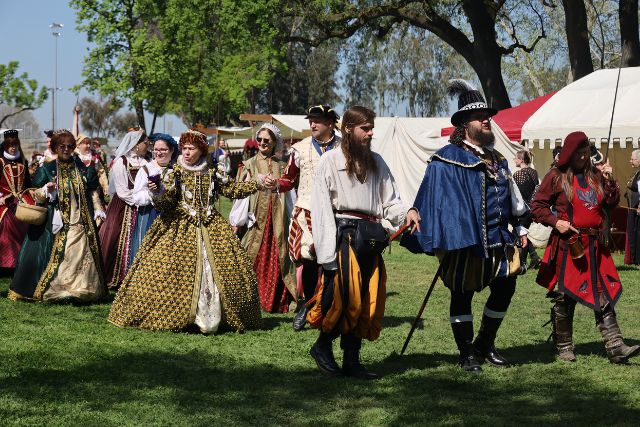

Training for Historical Reenactment
Participants in the historical reenactments spend months preparing for their roles. They undergo rigorous training to accurately portray their characters, be it medieval soldiers, townsfolk, or even St. Olav himself.
Their dedication brings authenticity to the festival and provides a captivating experience for the audience.
Traditional Costumes and Props
Participants dress in traditional Viking and medieval attire, adding a touch of realism to the reenactments. These costumes are typically handcrafted to resemble the clothing worn during St. Olav’s era.
The use of authentic props further accentuates the historical atmosphere of the festival.
Getting to Trondheim: Travel and Accommodation
Trondheim, the host city, is well connected by air, road, and rail. During the festival, accommodations can be in high demand. It’s recommended to book your travel and stay well in advance.
Also, consider exploring the city’s other attractions like the Nidaros Cathedral and the Trondheim Fjord.
The Main Events at the St. Olav Festival
The St. Olav Festival is packed with an array of events designed to provide an immersive historical experience. Here’s a glimpse of what you can expect.
The Pilgrimage Route
One of the festival’s main attractions is the pilgrimage route, a journey that many take to honor St. Olav. The route, following ancient trails to the Nidaros Cathedral in Trondheim, the site of St. Olav’s burial, offers a unique spiritual and historical experience.
St. Olav Drama
Every year, a dramatic representation of the life and death of St. Olav is staged, often outdoors. With a cast of talented actors and realistic settings, this dramatic rendition brings to life the legend of St. Olav, providing a vivid insight into 11th-century Norway.
The Medieval Market
A bustling medieval market is set up, selling everything from traditional Norwegian food to handcrafted artifacts. The market serves as a lively hub of activity where visitors can interact with craftsmen, taste local delicacies, and purchase unique souvenirs.
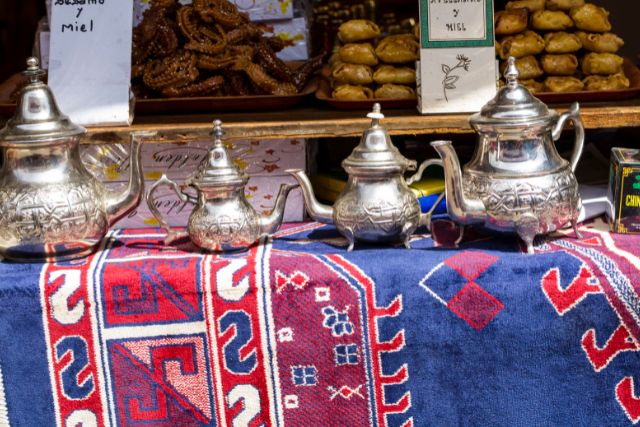

The Historical Parade
The historical parade is a visual feast, featuring a procession of participants dressed in medieval costumes, along with horses, carriages, and banners. This grand parade is a colorful spectacle that encapsulates the spirit of the St. Olav Festival.
The Cultural Showcase
Beyond the historical reenactments, the St. Olav Festival is a vibrant showcase of Norwegian culture.
Music and Dance Performances
The festival resonates with the sounds of traditional Norwegian music and dance performances. Folk musicians and dancers from across the country perform, adding to the festive atmosphere.
These performances provide a wonderful opportunity to witness and appreciate Norway’s rich musical heritage.
Norwegian Cuisine Highlights
Food is a significant part of any cultural celebration, and the St. Olav Festival is no exception. Visitors have the chance to taste traditional Norwegian dishes at food stalls scattered throughout the festival.
From hearty stews to fresh seafood and sweet treats, there is a wide array of culinary delights to explore.
Traditional Craft Exhibitions
The festival hosts exhibitions showcasing traditional Norwegian crafts, including woodworking, metalworking, and weaving.
Craftsmen often demonstrate their skills live, providing insight into the techniques and traditions that have been passed down through generations. These exhibitions offer a unique glimpse into Norway’s artisan heritage.
Visitor Experience at the St. Olav Festival
Visiting the St. Olav Festival is more than just a trip; it’s an experience filled with historical insights, cultural immersion, and memorable moments.
First-Hand Accounts
First-hand accounts from previous visitors often highlight the festival’s enchanting atmosphere and the friendly spirit of the locals.
Many describe their experience as a step back in time, where the past and present seamlessly merge to create an unforgettable journey.
Tips for First-Time Visitors
If you’re planning to visit the St. Olav Festival for the first time, it’s essential to plan your itinerary well. Make sure to check the festival schedule to catch the events you’re most interested in.
Wear comfortable shoes, as you will be on your feet most of the day. Lastly, don’t forget to try the local cuisine and take the time to interact with the locals to fully experience Norwegian hospitality.
The Future of the St. Olav Festival
As we look towards the future, the St. Olav Festival continues to be a beacon of Norway’s historical and cultural identity, even as it adapts and evolves to remain relevant in changing times.
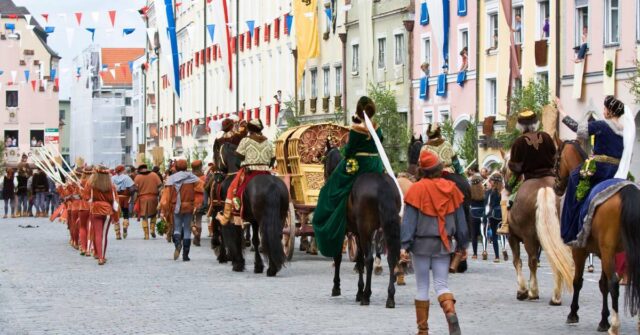

Preservation and Innovation
While the festival remains grounded in its historical roots, innovation plays a key role in its continued success.
From using technology to enhance visitor experience, to introducing new events that reflect contemporary themes, the festival continues to preserve tradition while embracing the future.
How the Festival Adapts to the Changing Times
In response to the changing times, the festival has incorporated sustainable practices, digitized some events, and ensured that it remains an inclusive space for all.
These changes reflect the festival’s commitment to adapt while maintaining the spirit of the St. Olav Festival.
Conclusion: The St. Olav Festival as a Living History
The St. Olav Festival is more than a historical reenactment; it’s a living history that continues to shape and be shaped by the people of Norway.
It’s a testament to Norway’s rich past, vibrant present, and promising future. Whether you’re a history enthusiast, a cultural explorer, or a curious traveler, the St. Olav Festival offers an unforgettable experience.








